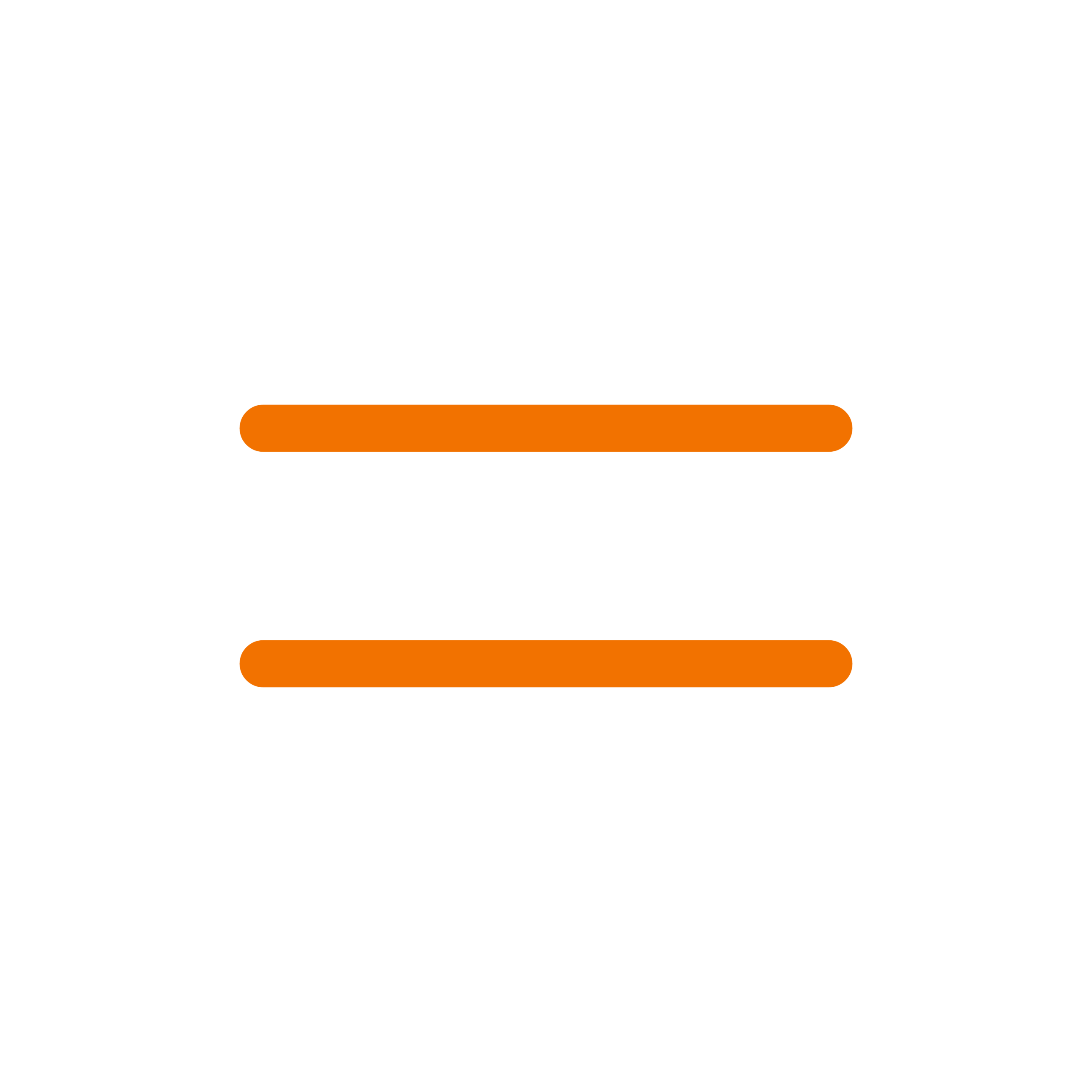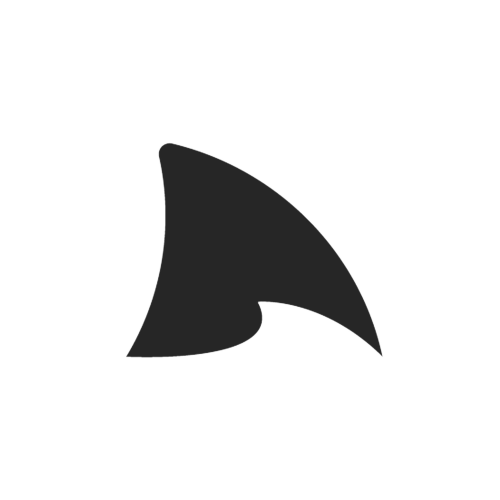There are many ways to define “money.” For example, one could include physical currency, like coins and bills, as well as digital currency, like cryptocurrency. One could also have assets like stocks and bonds.
Physical cash and coins make up a relatively small portion of the world’s money supply. According to a 2019 report from the international monetary fund (IMF), there was an estimated $5.2 trillion worth of physical currency in circulation worldwide, which is only about 0.8% of the total money supply.
The majority of the world’s money is in the form of electronic money. This includes things like credit cards, debit cards, and other types of digital payments. According to a report from the Boston Consulting Group, there was $27.5 trillion US dollars worth of electronic money in circulation around the world.
It’s important to remember that this is just an estimate, as the true figure is likely much higher. After all, according to the same report, there was an estimated $80 trillion worth of financial assets in circulation.
Five Major Types of Money
Though most types of money can be exchanged for each other, it’s essential to understand the difference between the four major types of money.
Commodity Money
Commodity money is a type of money that is based on a commodity. Commodities are items that are useful and have value. The most common commodities used for money are gold and silver. Other examples of commodities that have been used as money include livestock, shells, and cigarettes.
Fiat Money
Fiat money is a type of money that is not based on a commodity. It is based on the government’s decree that it can be used as legal tender. Fiat money is not backed by anything and has no intrinsic value.
Cryptocurrency
Cryptocurrency is a type of digital or virtual currency that uses cryptography for security. A cryptocurrency is difficult to counterfeit because of this security feature. A defining feature of a cryptocurrency, and arguably its most endearing allure, is its organic nature; it is not issued by any central authority, rendering it theoretically immune to government interference or manipulation.
Fiduciary Money
Fiduciary money is a type of money that is based on trust. It is not backed by anything and has no intrinsic value. The government or another authority declares it to be legal tender. Fiduciary money is also known as credit money.
Commercial Bank Money
Commercial bank money is a type of fiduciary money. It is created when a commercial bank makes a loan. The money created is not backed by anything and has no intrinsic value. The government or another authority declares it to be legal tender. Commercial banks are also sometimes called private banks.
How Much Money is Spent Each Day?
Every day, billions of dollars flow through the global economy in the form of transactions between individuals, businesses, and governments. While it is impossible to know the exact amount of money that changes hands each day, economists have developed estimates based on data from central banks and other sources.
According to one estimate, around $5 trillion is spent globally each day. This figure includes both personal consumption and business investment, as well as government spending on things like infrastructure and defense. While the exact magnitude of daily spending may be difficult to pin down, there is no doubt that it represents a huge flow of economic activity.
How is the Money Distributed Throughout the World?
The distribution of money around the world is uneven, with some countries having a much higher GDP per capita than others. In 2017, the United States had a GDP per capita of $59,531, while the Democratic Republic of Congo had a GDP per capita of just $394. This huge disparity is due to a variety of factors, including colonial history, natural resources, and economic policies.
Countries with high GDP per capita tend to have a more diversified economy and to be more developed overall. They also tend to have a higher level of political stability and to be more open to international trade. As a result, they are better able to attract foreign investment and generate economic growth.
In contrast, countries with low GDP per capita tend to be more reliant on natural resources and agriculture, and they often have high levels of corruption. This can make it difficult for them to attract foreign investment and generate economic growth.
Who Decides How Much Money Exists?
A country’s money supply is the total value of all currency and other liquid assets circulating within its economy. This includes physical currency, such as coins and paper bills, as well as commercial bank deposits, which are also considered legal tender.
The money supply is essential for supporting economic activity, as it provides the means for businesses to make purchases and consumers to pay for goods and services. The amount of money in circulation is determined by a number of factors, including the country’s central bank.
In the United States, the Federal Reserve has significant control over the money supply, as it can influence how much currency is produced and how much commercial banks can lend. As a result, the Federal Reserve plays a key role in determining how much money exists in the U.S. economy.
Different countries have different monetary policies, and thus the amount of money in circulation in each country is controlled by its own central bank. The European Central Bank controls the money supply for the Eurozone. Central banks control the money supply in their respective countries by setting interest rates and conducting open market operations. They also work with commercial banks to ensure that financial stability is maintained.
While there is no one global body that controls the amount of money in circulation in all countries, each country has its own central bank, which is responsible for controlling the money supply within its borders.
The Future Of Money
Though no one knows exactly what the future holds, it’s likely that the future of money is digital.
For the past few decades, the world has been moving away from physical money and toward digital transactions. People carry less cash, while more people are using credit and debit cards for all sorts of purchases. Even our traditional banks are starting to adopt digital technologies, such as mobile banking and online payments.
We can expect to see a lot more mobile payments and peer-to-peer transfers. We may also start to see the development of new digital currencies, such as Facebook’s proposed Libra coin. Whatever the future holds, one thing is sure: the way we use money is changing, and digital payments are here to stay.
FAQs
Here are the answers to some common questions about checking the IRS balance.
In 2022, there is approximately $17,328 per person worldwide.
Jeff Bezo is currently the world’s richest man, with a net worth of 131.9 billion in 2022.
The Federal Reserve printed $13 trillion in 2021.





